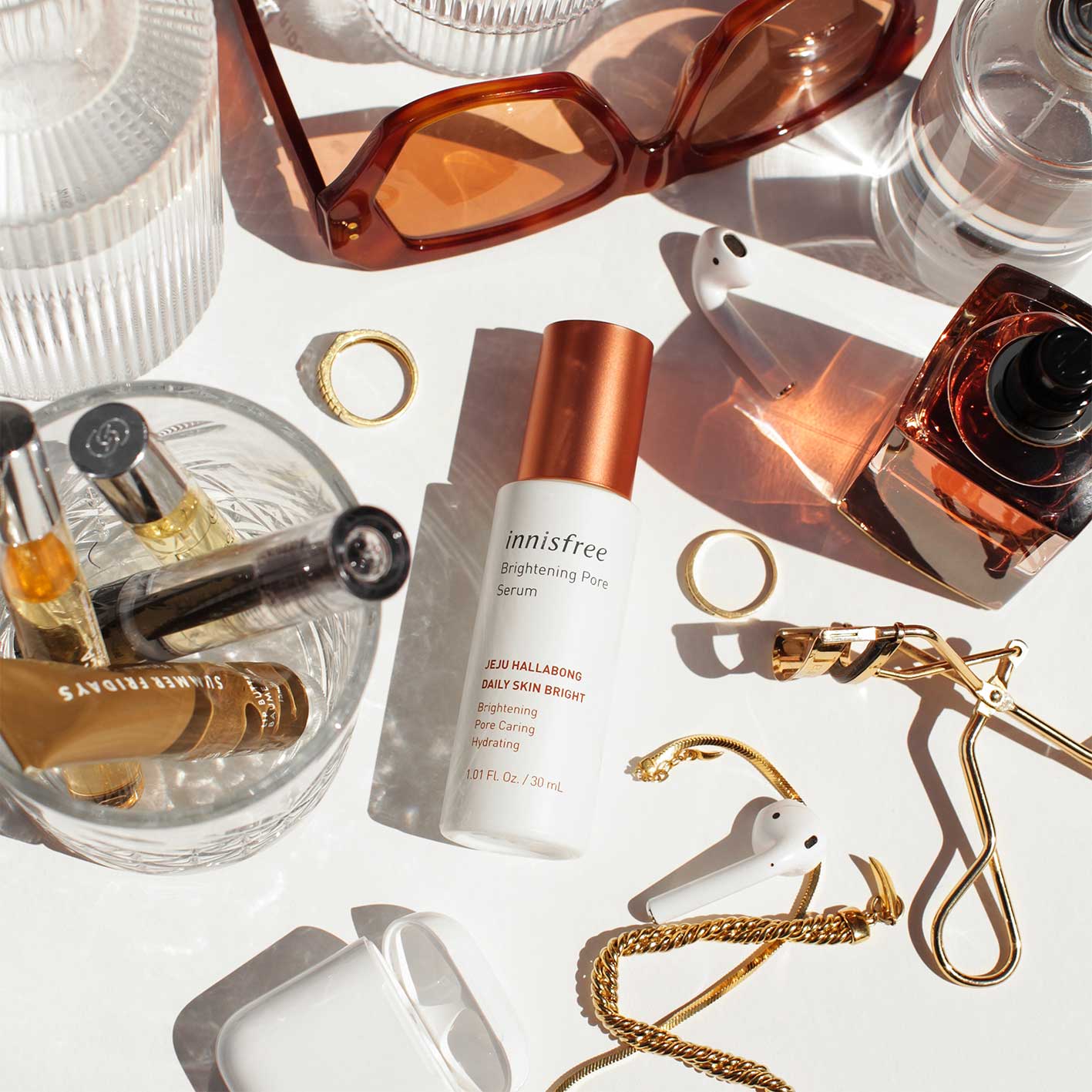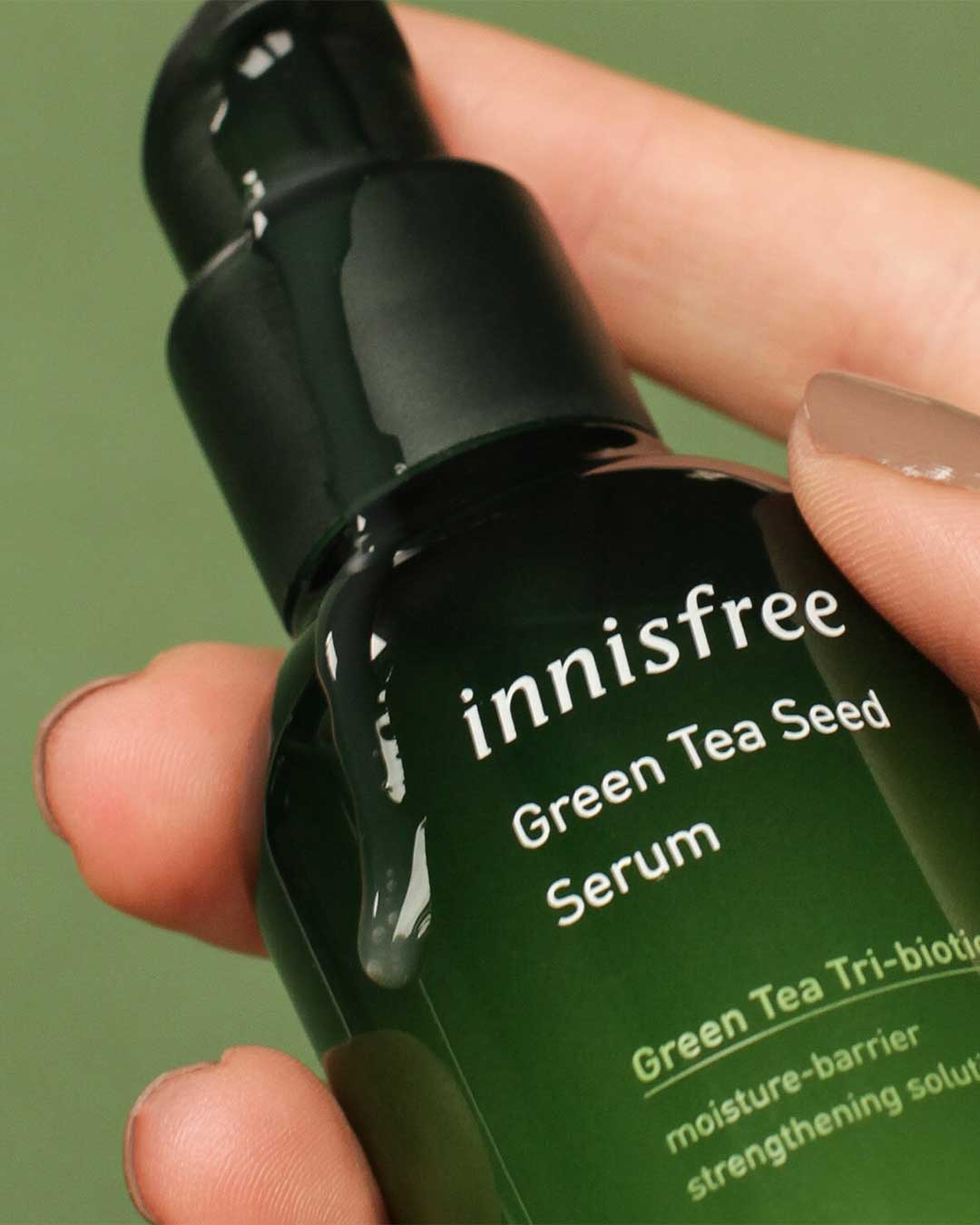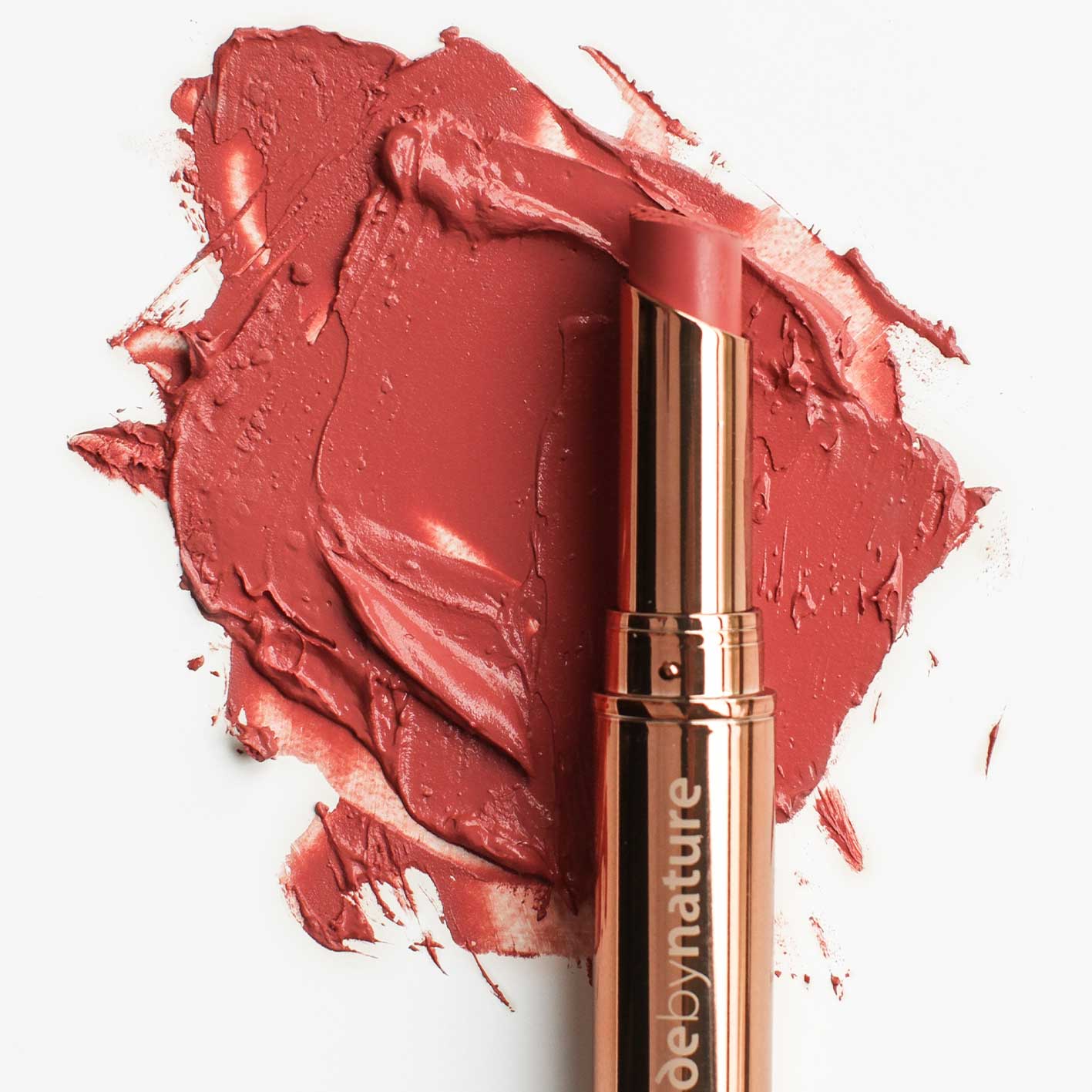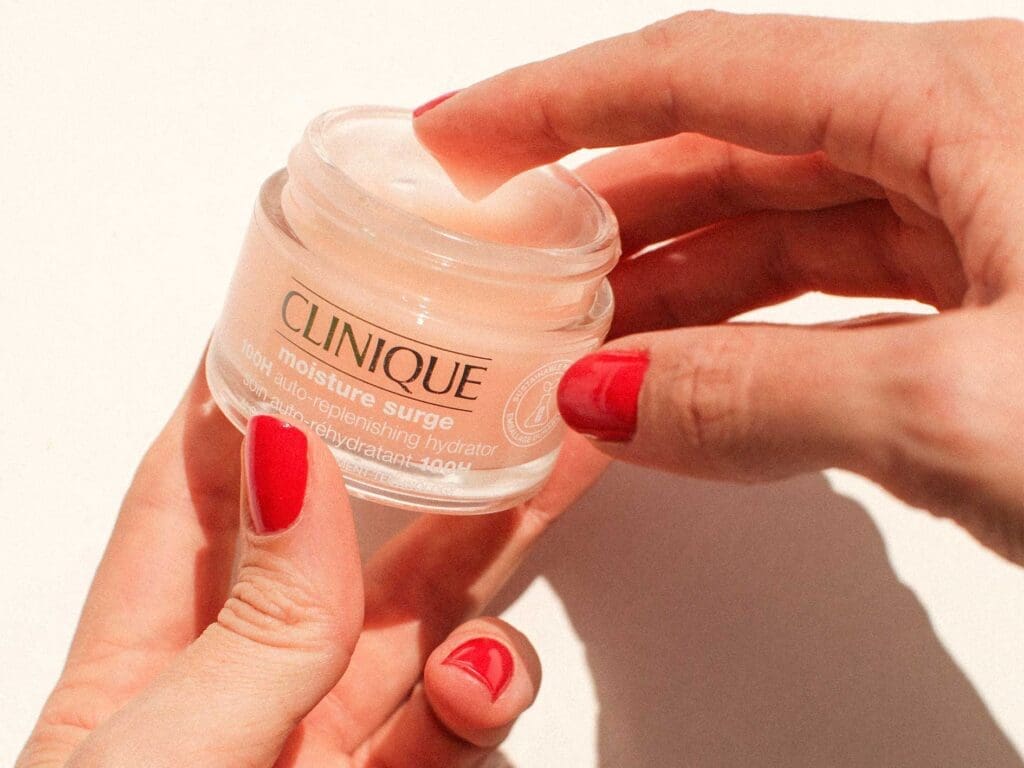Listen up content creators, if you make the simplest of products look luxurious and make it the hero of your shot, then brands will be knocking down your door to work with you.
Product photography is a great skill for any influencer to have under their belt. Being able to photograph products in new and interesting ways is guaranteed to get you noticed and the best part is, you can easily get started at home. All you need is a clean space, any type of camera and some creativity.
To get you expert advice on the matter we spoke to Vamp creator, @designbyaikonik. With over 90k Instagram followers and after having worked with brands like Nude by Nature, Innisfree, Adobe and Marc Jacobs, @designbyaikonik has mastered the art of product photography from the coziness of her home office. No “fancy studio lights” needed!

What does your home set up look like?
It varies depending on the content I need to create. I’ll shoot inside if I’m setting up a product scene, a flatlay on the floor to get those birds-eye shots or if I just need natural window lighting.
If I’m after more dramatic light, I’ll head outside into the direct sunlight that my backyard gets. I’ll set up a table and manoeuvre it to get the shadow’s direction to fall where I want them to.
What’s your top tip to getting studio-looking lighting in your home?
I actually don’t use any big, fancy studio lights – I rely heavily on natural light or direct sunlight. However, I do have a couple of small studio lights (found here and here) that are adjustable if I need to create an even cast of light.
How do you make your images stand out?
Over the years I have definitely been more experimental trying different effects that make my images more unique or make the product to stand out.
I love playing with various light sources, creating shadows, using different coloured or textured backgrounds and experimenting with unique positions and placements of products to create a point of difference.

Are there any objects can creators use that they might already have around the house?
Absolutely! No fancy set up is required. Start by finding objects or products around the home that interest you- and try using a large piece of paper or cardboard as a simple background.
I always love to use water. Whether it be to spray on a product to make it look more glossy, textured or interesting, or to submerge or make a product float. I suggest you invest in a clear perspex box to allow yourself to place any textured or coloured background underneath to create contrast, rather than it just being white behind the product.
Any editing tips for product photography?
Remember that a lot of the magic happens when you start the editing process. Refining, retouching, colour correcting and brightening will make a huge difference to the final result.
I will also play with movement. This is particularly good when shooting video content. Find ways to use, press, extract or pour the product out and capture it in motion. The after effects create amazing static images too.

Looking for more hacks? Here’s some Vamp-approved tips that will transform your product photography within a flash.
Shadows be gone: If you’re shooting in-doors and want to soften or eliminate any shadows, just use a reflector. This can be anything white such as a piece of paper or cardboard. Play around with its placement behind the camera to ensure it’s hitting the right spots.
Create a floating illusion: A great trick to get the product or your props to look like they’re floating is to suspend them in the air using some fishing line. It’s cheap, durable and easy to Photoshop out in the editing process.
Use what’s inside the product: Whether you’re shooting food, cosmetics or anything in-between, experiment with what’s inside the packaging. Play around with unique ways to show off the texture and colour of the substance inside the product.

Balancing act: Create an interesting composition by balancing your product on top of your props or have your props hold your product up. This makes for an interesting image for your audience to look at, creates beautiful shadows and can help draw more attention to the product.
Use live props: When shooting inanimate objects, it’s nice to add some contrast by featuring live props, such as real plants or a hand holding the product.
Stick to a theme: Your product photography will look its best when the product, props, background and lighting are all cohesive with one theme. For example, if you’re shooting a floral body wash, your props, background colour and lighting should all reflect what the product looks and smells like – this gives your audience a full sensory experience with just one shot.
